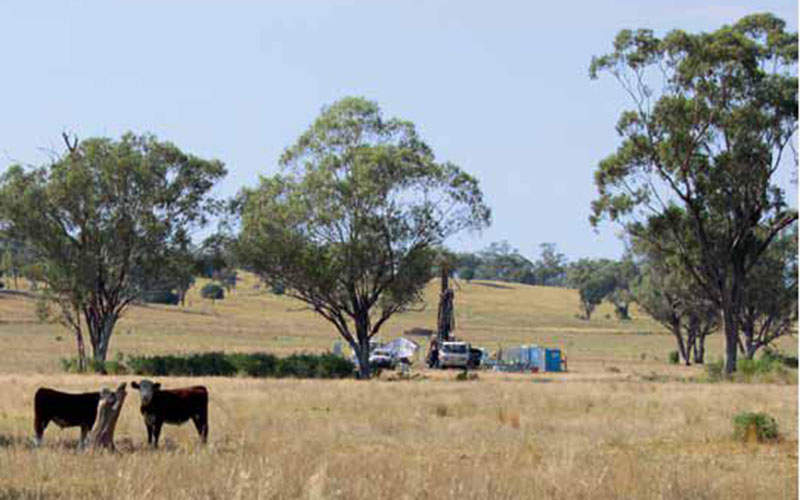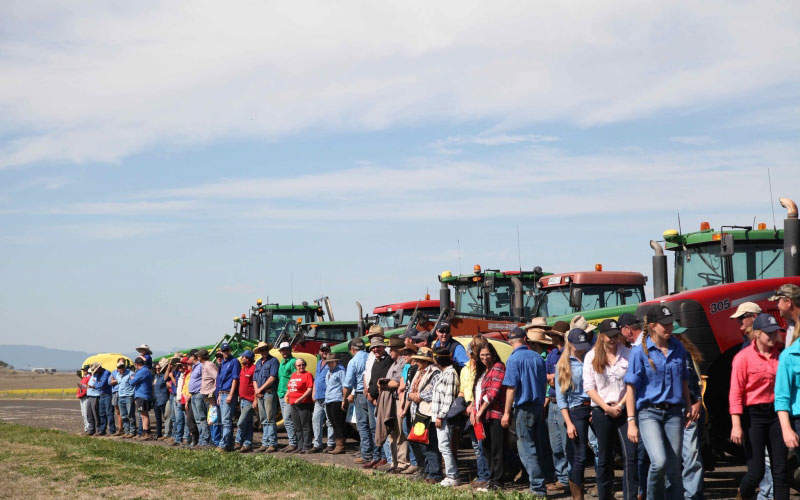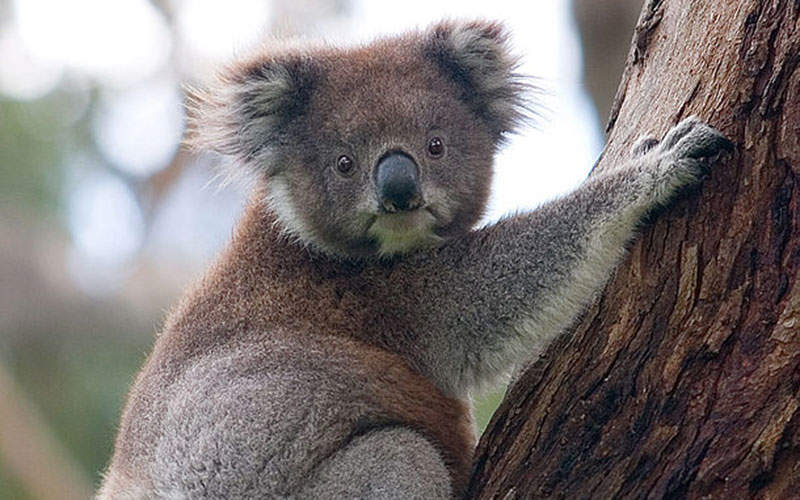
The Shenhua Watermark Coal Project is a proposed open-cut mine located adjacent to the Liverpool Plains, 3km west of the village of Breeza and 25km south-east of the township of Gunnedah, New South Wales (NSW), Australia.
The project is owned by Shenhua Watermark Coal (Shenhua), a subsidiary of the Shenhua Corporation. Shenhua was awarded the exploration licence (EL) 7223 in October 2008 in exchange for $300m. The licence was further renewed in January 2012, granting the company five more years of operatorship.
The mine is estimated to have a production life of 30 years.
Background to the controversial Australian coal mine project
The project faced severe opposition from different local bodies, around principally concerns that the project would affect the fertile Liverpool Plains, cause a threat to water resources and impact the iconic koala population.
The project was granted separate conditional approvals by the New South Wales NSW Planning Assessment Commission and the Commonwealth Environment Minister in January 2015 and July 2015 respectively, following several expert reviews, a couple of Federal Independent Expert Scientific Committee reviews, NSW Planning Assessment Commission public hearings, and a thorough environment impact statement (EIS) report.
Watermark Coal Project benefits
The project is expected to generate approximately 600 jobs during the construction phase and 434 full-time jobs after the start of commercial operation. It is also expected to generate approximately $1.7bn a year in direct and indirect output to the NSW economy.
Geology and reserves
The 195km² project site is located within the Gunnedah Basin, one of the most prominent coal basins within NSW. Coal resources within the mine site are hosted in Black Jack Group (late-Permian) sediments, integrating the Hoskissons, Melville and associated minor coal seams.
The mine is estimated to hold 290Mt of coal.
Mining and processing at the NSW coal mine
The coal project will involve the development of three mining areas, namely the eastern mining area, the western mining area and the southern mining area, using an open-cut coal mining operation. Mining activities at each pit location will cover an area of not more than 1.5km².
The mining fleet will be composed of excavators and rope shovels, supported by haul trucks, dozers, graders, blast hole drills and water carts. The mine’s coal handling and preparation plant (CHPP) will have the capacity to process 10 million tonnes per annum (Mtpa) of run-of-mine (ROM) coal.
Infrastructure for Shenhua’s Australian coal mine
The project will involve the construction of a coal conveyer system, administration, workshop and related facilities, water management and associated network infrastructure, communications and electrical infrastructure, and mine access roads.
Protection to the neighbouring environment will be provided by means of a 900m barrier, set between the mining areas and the highly-productive Gunnedah Formation groundwater aquifer, the main source of water for local farmers. A 150m buffer will be maintained between the mining areas and the neighbouring black soil floodplain.
The required water is proposed to be sourced from an existing irrigation bore on land owned by the company or any other existing or proposed bores, following the grant of all the pending water licensing requirements.
Coal transport
The output from the mine will be transported by rail via the existing Werris Creek to Moree Railway Line and further via the existing Main Northern Railway Line to the Port of Newcastle for export. A rail spur and loop, and associated train load out facility, and a rail connection between Werris Creek and Moree Railway Line will be constructed as part of the project.
Key players involved with Watermark coal project
The exploration works and the feasibility study for the project were performed by GHD, whereas reserve statements and mine planning studies for the project were performed by RPM Global.






